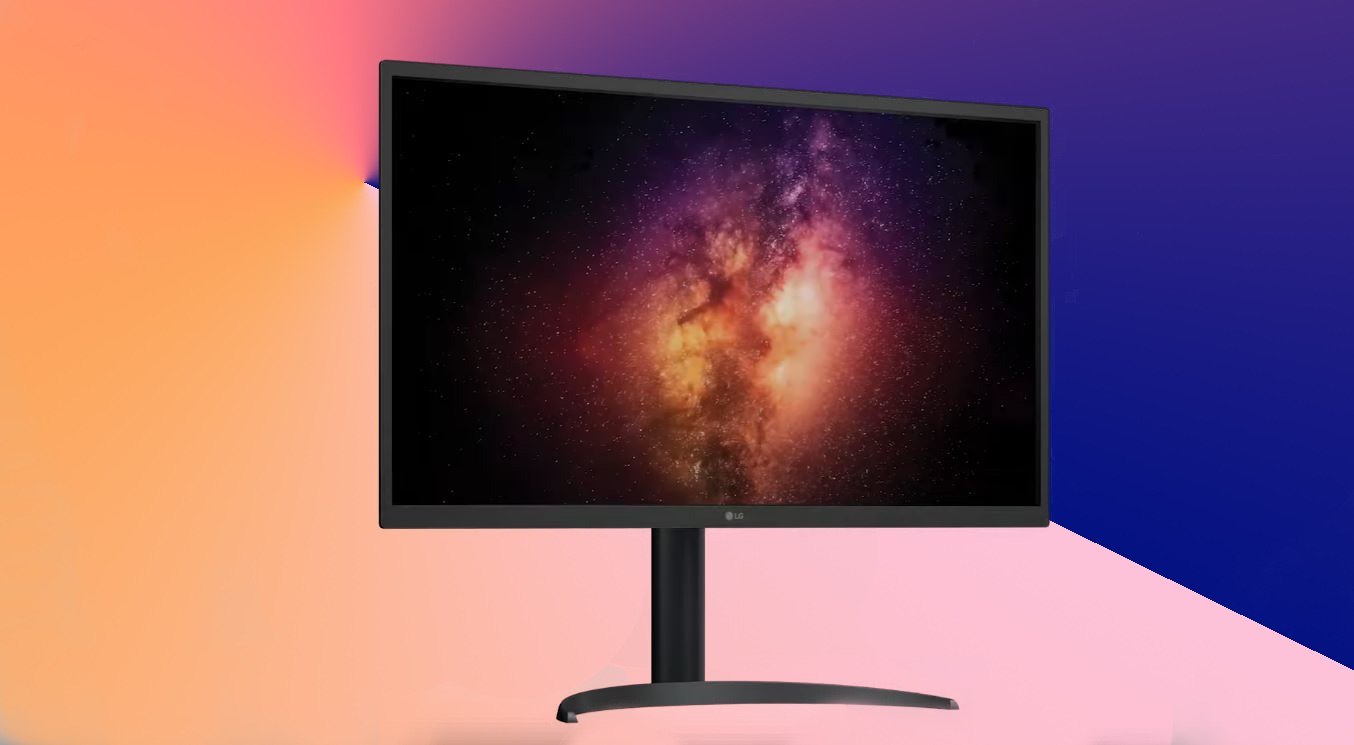For a long time, OLED panels have only been home in TV’s and mobile phones, with PCs often left out in the cold. Of course, there’s a good reason for this — burn-in, and PC users often have static images and want their panels to last five or more years, so OLED for PC users just hasn’t happened. But there’s a niche audience that does want these panels, regardless of the consequences — video editors. For them, LG is introducing the UltraFine 32EP950, at last bringing OLED tech to the PC space.
LG UltraFine 32EP950
When it comes to this OLED panel, the UltraFine 32EP950 won’t compete with the best gaming monitors; it’s meant purely for professional editors It will have a 31.5-inch diagonal and a 4K resolution, 3840×2160 and 99% coverage of both the AdobeRGB color space as well as DCI-P3, which is nothing short of impressive.
For connectivity, you’ll find two DisplayPort inputs, a Type-C input with 90 W of USB power delivery, HDMI, a three-port USB hub, along with power and audio jacks.
Image 1 of 2
Image 2 of 2
Of course, the most impressive part of OLED is its ability to produce incredibly deep, inky blacks. LG quotes a static contrast ratio of 10,000,000:1, which of course is because each pixel is its own light source — this is why we want OLED tech in monitors so badly, and LG’s new OLED panel will therefore compete with the likes of Asus PA32UCX monitors with their local dimming arrays, albeit in a much slimmer form factor and with better HDR performance.
But the catch remains: PC use sees a lot of static objects, and because each pixel is its own light source, the chance of burn-in is greater — expect to write off OLED monitors in shorter timeframes than traditional LCD panels because of this.
LG’s 4K Gaming Panel is Getting an Update Too!
Meanwhile, LG also announced an update to the recently-released 27GN950, which we tested not long ago. It’s an excellent monitor, and the new version, called the 27GP950, doesn’t change much of the winning recipe, except for one crucial detail: the addition of HDMI 2.1.
This should make the 27GP950 more interesting for those who also intend on using it with the latest consoles, as the old version only had HDMI 2.0, limiting the 4K refresh rate on that connection to 60 Hz. Of course, that doesn’t cut it with the Xbox Series X and PS5 both promising 4K 120 Hz performance.
Other than that, the panel remains unchanged, offering a 4K IPS panel with 98% DCI-P3 coverage and up to a 160 Hz refresh rate on DisplayPort using DSC.
No word on pricing or availability for either monitors yet.
